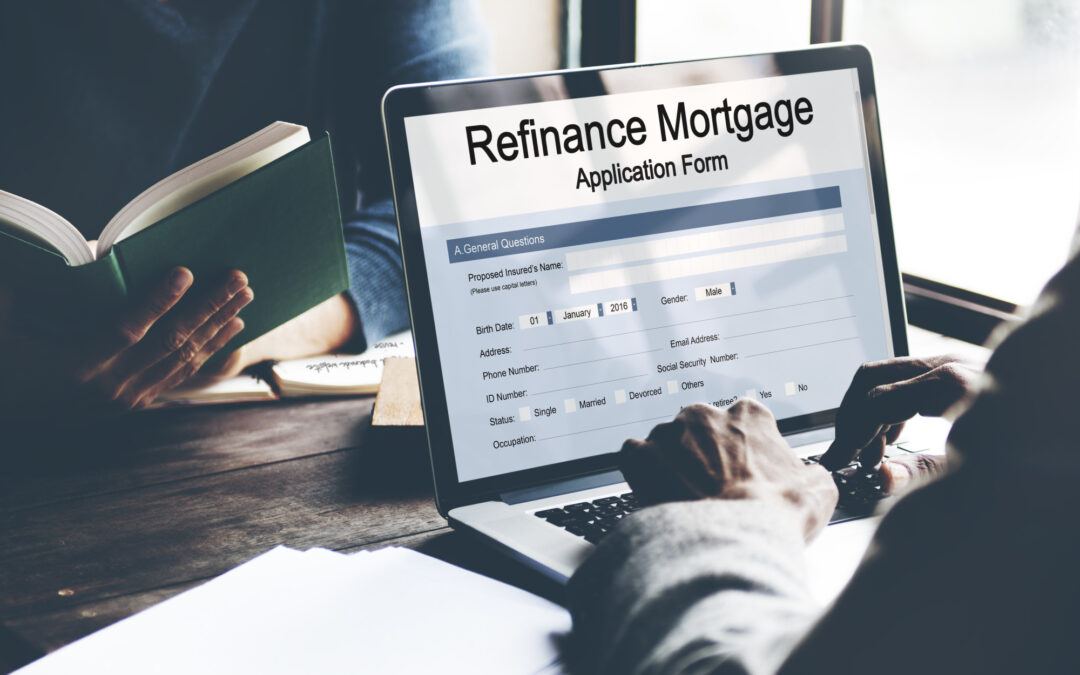Mortgages are a long-term financial commitment. During the term of your mortgage, a lot can change in your life. There may be circumstances that cause you to want to make a change to the mortgage product that you have.
Refinancing your home can be a good option for many people. However, if you have a low credit score, you may worry that you won’t get accepted.
But, there are options available, and it is possible to refinance with bad credit.
Here are five options for refinancing homes with bad credit.
What is a Refinance Mortgage?
Put simply; a refinance mortgage is where you replace your existing mortgage with a new one. Usually, the new mortgage will have different terms; these may include differences in:
- Interest rates
- Term lengths
- Monthly repayment amounts
- Insurance premiums
There are several different reasons to take out a refinance mortgage.
If you have a mortgage with an adjustable interest rate and your current rate is about to expire, you may wish to remortgage your home and enjoy the benefits of a better interest rate.
Similarly, if there is a shift in the economy, and your adjustable-rate mortgage is about to start costing you more, moving to a more favorable rate will save you money.
You may want to refinance to free up some equity in your property so that you have money to spend on something else, such as home improvements.
Changing your mortgage could change the length of your mortgage, meaning that it is possible to have either a shorter or longer term.
Is it Possible to Refinance With Bad Credit?
While it is a challenge to refinance with bad credit, it is not impossible.
Your specific credit history will influence which options will be open to you. Some lenders are willing to lend to borrowers with lower credit scores.
Before you start looking at the options for refinancing with bad credit, you should find out your current credit score.
1. Look Government-Backed Options
There are several different government-backed lending options which may be open to you if you have a low credit score.
One of the most popular options is a Federal Housing Administration (FHA) loan through an FHA program. This type of loan has lower requirements.
The main requirement of this type of loan is that you have managed to keep up with the last 12 monthly repayments on your existing mortgage.
In addition to the FHA program, you could also look at loans backed by the United States Department of Agriculture (USDA). It may be possible to apply for this type of loan with a low credit score.
The Department of Veterans Affairs (VA) have mortgage options designed at helping veterans and those who are currently serving in the military to become homeowners.
A portion of this type of loan is guaranteed by the government, which means that those that qualify will get better refinancing terms.
2. Try and Get a Cosigner
If you have a close friend or family member who has a good credit score, you may be able to take out a joint mortgage with them.
Having a cosigner with a high credit score may help you to raise the chances of acceptance.
Some mortgage lenders will take an average of the two credit scores. However, some lenders will look at the lowest.
Before you bring a cosigner on-board, make sure you know whether it will improve your standing.
It is essential that the cosigner understands all of the risks involved in having their name on your mortgage. It can impact their own credit score, and they may be required to take on your debt in the event of you being unable to pay.
3. Look at Credit Unions
If you are a member of a credit union, there may be lending options available to you when you have a low credit score.
The types of bad credit refinance loans available will vary from lender to lender.
If you are not currently a member of a credit union, do some research into the various options available to you to consider whether it is a route worth considering.
4 Increase Your Savings
Many lenders like to see that borrowers have plenty of money saved up. This will demonstrate that they’ll be able to pay back their loans if they run into trouble.
Before applying for refinance mortgages with bad credit, you may want to build up a healthy reserve of emergency savings that you can show your bank.
Having savings will be a good strategy for borrowers that have bad credit scores or a history of short lending.
Having evidence that you have savings that can be put towards repaying your mortgage will mean that the perceived risk of lending to you may be lower.
5. Apply to Mortgage Lenders that Lend to those with Bad Credit
Speak with your mortgage broker and look at mortgages that are available to borrowers with lower scores.
With mortgage loans available to people with scores as low as 500, as long as you have some equity, or are able to make a downpayment, it may still be possible that you can take out a refinancing mortgage with bad credit.
Before you apply for a mortgage, go through the requirements of the loan with your broker. Failed mortgage applications can harm your credit score, so it is essential that you only apply to mortgages that you are likely to be accepted for.
Find out More About Your Refinancing Options
A low credit score shouldn’t mean that you rule out the option of taking out refinancing on your home. With many benefits to home refinancing, swapping to a new mortgage could help your finances in the long run.
With a range of different options for a mortgage refinance with bad credit scores, speak with Robus to find out which option will best suit your personal situation.
Call us today, or fill in this form to get a quote.

